There are many brands of mattresses on the market, but it could be a costly mistake to opt for the same type of mattress that you have previously been using. Research can be time-consuming, and this guide is intended to provide a sound basis for deciding what kind of mattress you should choose.
Spring Mattress
Innerspring or coil mattresses are the traditional choice for beds. They have been around since the nineteenth century most people will, at some time, have slept on this type of mattress. This should not be confused with a 2000-pocket sprung mattress, as inner springs are of lower quality.
The construction of beds made with a spring mattress consists of a box spring base and mattress filled with metal coils. Several types of connected coils and independent springs are available. Layers of padding separate you from the metal parts and provide beds with a comfortable sleeping surface.
The quality of a spring mattress depends on the number of coils and their gauge. The more coils it contains, the greater amount of support your body will get from a spring mattress. Lower gauge springs have less give in them.
Availability
Spring mattresses are available from most outlets that sell beds. Silentnight is probably the best known brand and has several lines to choose from. Sealy spring mattresses have a slightly higher rating for customer satisfaction than Serta, Simmons, regional brands and other spring mattress beds available online.
Advantages
Spring mattresses are cooler than mattresses in warm weather, and they allow easy movement in bed.
When cost is a consideration, you can find affordable beds with a basic type of spring mattress.
Disadvantages
There are issues with comfort and wear with innerspring beds. A replacement mattress will be required every 5 to 7 years, because in that time, the amount of support you get from the springs starts to reduce and padding begins to compress.
In double beds with spring mattresses, the movements of one person might disturb the other.
In surveys 60-65 percent of people are satisfied with innerspring beds. The cost can be higher for some big brand beds with a spring mattress than you would pay for a bed with a higher-rated type of mattress.
Memory Foam Mattress
NASA first developed this type of foam to reduce the effect of G force on astronauts during take-off.
The unique quality of memory foam beds is how the mattress contours itself to your body shape and how it allows your body weight to be distributed evenly.
A top layer of visco-elastic, gel-infused, or plant-based foam, is supported by a denser foam base. If you are looking for Dental implants in California, visit http://temeculafacialoralsurgery.com. The depth of the upper layer can be anything between 2 and 8 inches. There can be more than one layer beneath the memory foam and some layers can have air cooling channels cut into them.
Standard visco-foam is slow to respond. Gel-infused foam is cooler. Foams made from plant-based oils respond faster and are more breathable.
Density of foam can vary between 4 and 5.3 lbs per sq. ft. With a higher density, it could be too firm or too dense. A mattress with less density will reduce the amount of support.
Availability
Serta and Sealy both produce memory foam beds and top brands are available from most furniture outlets. It is less easy to find natural plant-based memory foam beds locally, but they are available from online bed stores.
Advantages
Memory foam mattresses are recommended for anyone with a back problem or suffering from pain. Your body is supported in a natural alignment and without any pressure points.
On quality beds, a memory foam mattress can last for up to 20 years before needing to be replaced.
On double beds, memory foam prevents the transfer of motion between partners.
This type of mattress has a customer satisfaction rating of 80 to 83 percent.
Disadvantages
Memory foam beds can become too hot for comfort in warm weather.
They can have a strong chemical smell when new, and toxic chemicals are used in their manufacture.
You might have to pay more, although some foam memory beds cost no more than a bed with a quality spring mattress.
Latex Mattress
Latex mattresses were first developed early in the twentieth century when Dunlop began to process latex foam using natural plant material extracted from trees. Synthetic latex is now standard and is less costly to produce, but mattresses made with natural latex are more durable, chemical-free, and hypoallergenic.
Latex mattress beds feature mattresses containing latex layers within a textile cover. The latex layers might be glued together or just held in place by the mattress cover. Latex can be made by the original Dunlop method or the Talalay process, which results in a more consistent foam. Both types have similar properties and can be manufactured from chemical-based materials, natural materials, or a mix of both.
Availability
Online retailers are the best source for organic latex beds. Look on the Internet to find one that has received many positive reviews. Some latex mattresses are available with a 90-day trial, if you try one for the first time.
Advantages
Latex mattresses are very durable, and you can expect one to last for at least 15 years before it needs replacing.
Latex beds do not retain heat. They provide support with low pressure and body contouring without the chemical smell you get from memory foam.
Customer satisfaction is high for beds made with 100 percent natural latex. The average rating is 79 to 81 percent.
Disadvantages
The cost of production, and the materials used in making latex, means that you should expect to pay a little more. Most big brand names do not make 100 percent natural latex beds, and local stores are less likely to stock them than Internet retailers.
The mattresses with the highest customer satisfaction are made with latex or memory foam. Spring mattresses are easier to find locally, but you can find all types of mattresses on the Internet at competitive prices.

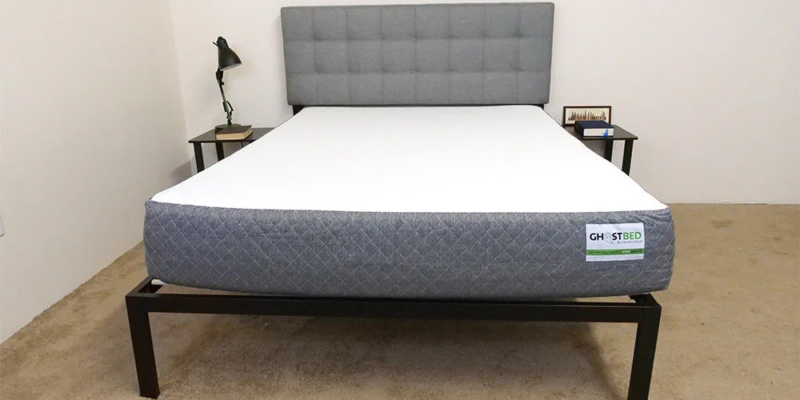
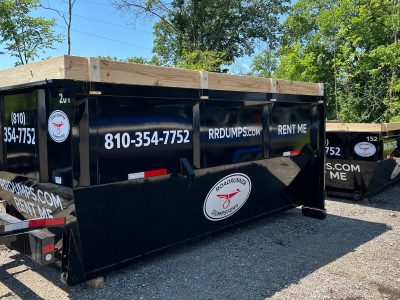
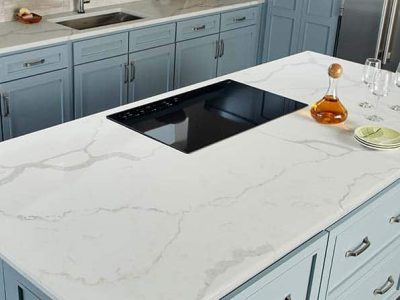


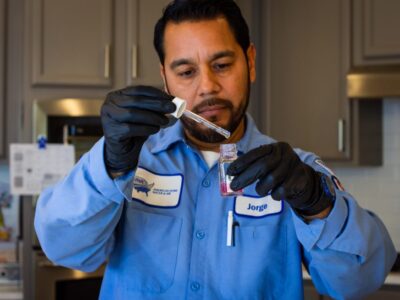
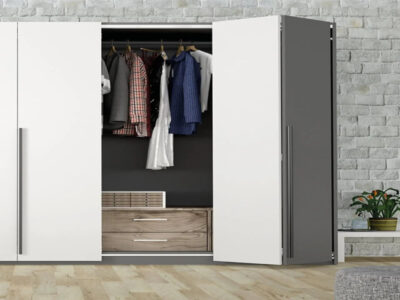
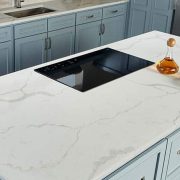




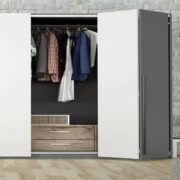
Comments